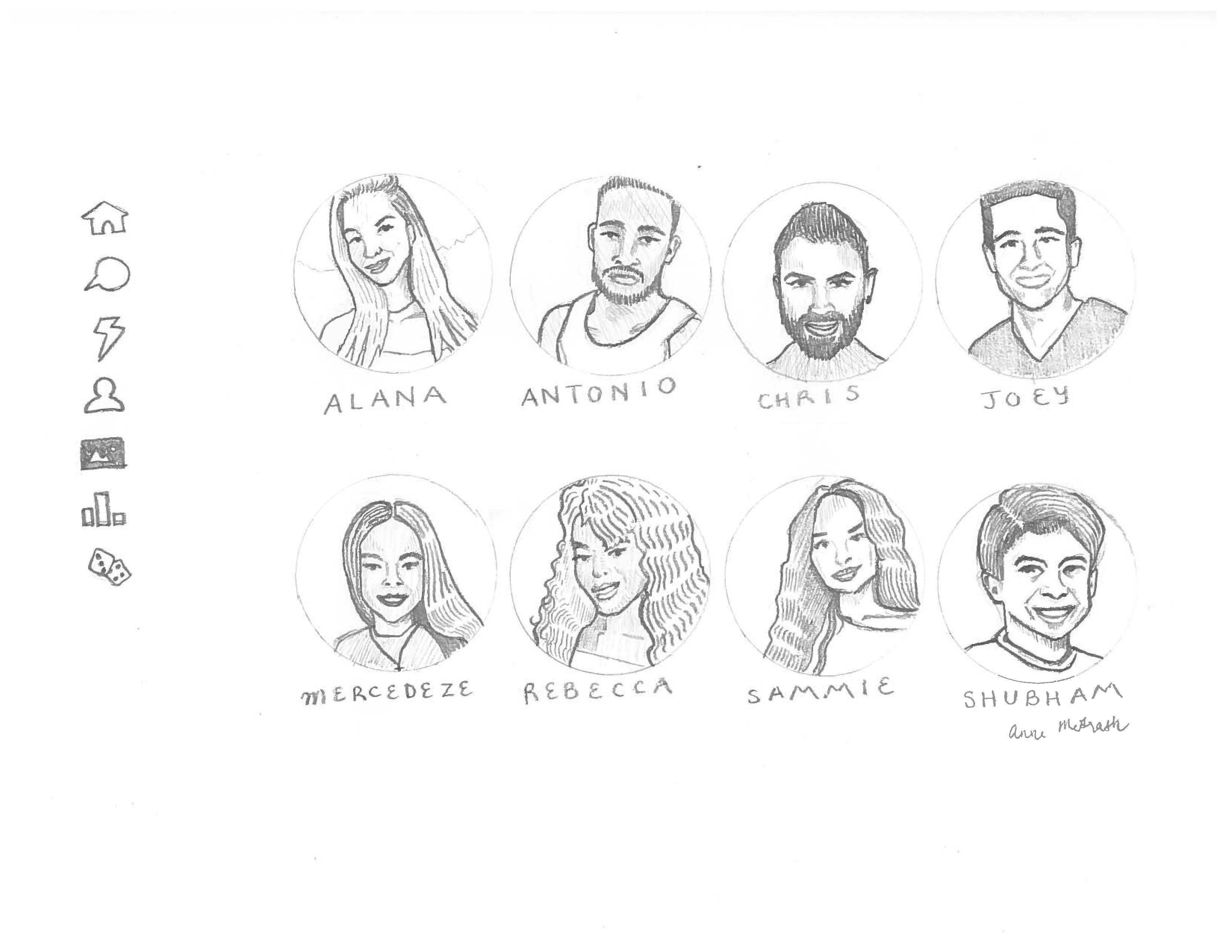In the age of daytime cable television, reality shows permeated every network: Food Network had MasterChef, MTV had Jersey Shore, TLC had Dance Moms, and the list went on with every change of the channel. While the genre has dominated television since the turn of the millenium, it is quickly evolving to fit into the new era of streaming and social media. Last month, Netflix released The Circle, a remake of the successful British TV show of the same name. Heightening and parodying everyday social media interactions, The Circle is an odd but surprisingly endearing reality show about what really unites people.
Marketed as a mix between Big Brother and Catfish, The Circle invites eight contestants to live in separate rooms of one hotel, never interacting with each other but instead communicating through a social media interface known as ‘Circle.’ They post pictures, update statuses, and chat with each other in an attempt to win each other’s affection through entirely virtual encounters. They rank each other on popularity, and the lowest rated player gets ‘blocked’ by the highest. Think of it as a game-show version of Black Mirror’s “Nosedive” episode, but with a hefty $100,000 prize waiting at the end for the best-rated player.
For a competition show, there is little strategy involved, or rather, deliberately invoked. A common character trope in reality television is the cutthroat, competitive player who says something like, “I didn’t come here to make friends, I came to win.” Ironically, the entire strategy of The Circle is based on who can make the most friends. As the season progresses, some new players enter The Circle after the original players have gotten to know each other. You would think that the newcomers would have an advantage as they have less opportunities to get booted off, but this is not the case. The Circle is ultimately a game of loyalty and competitive friendliness, not strategy.
Perhaps the strangest aspect of this show compared to others is the lack of action. The players hang out in their hotel rooms all day, reading books and cooking meals—it might be the easiest way to earn $100,000 on television. Yet their interactions are just as entertaining as those in the real world. The Circle offers incredibly moving moments that offer a new perspective of identity on the internet.
The question of authenticity influences every encounter in the show: Does authenticity matter online, and does it even exist? The Circle suggests that being ‘fake’ on the internet is just a fact of life. For example, as the players dictate messages to the interface, they say things like “I’m dying of laughter! LMAO” or “I can’t stop crying right now” in a deadpan voice, with no expression on their faces. This is not portrayed as manipulative or deceptive, just as how regular humans virtually interact via text. More significantly, some players choose to catfish—use someone else’s pictures to create a false identity—not out of malice, but as an opportunity to challenge stereotypes. Their motives are a product of their social environment. For instance, Sean, a plus-size woman, chooses to use a model’s pictures for her profile; likewise Karyn, a butch lesbian, uses a random glamourous woman’s pictures. For these players, the anonymity of the internet offers a disguise that allows many of them to transcend toxic beauty ideals.
Social media often questions human genuineness, but reality TV has been exploring and subverting that issue since its conception. That is why The Circle works so well. It does not try to be a deep critique of modern society, but it nevertheless shows astute observations about the norms of online self-presentation and relationship building, making it well worth the watch.









